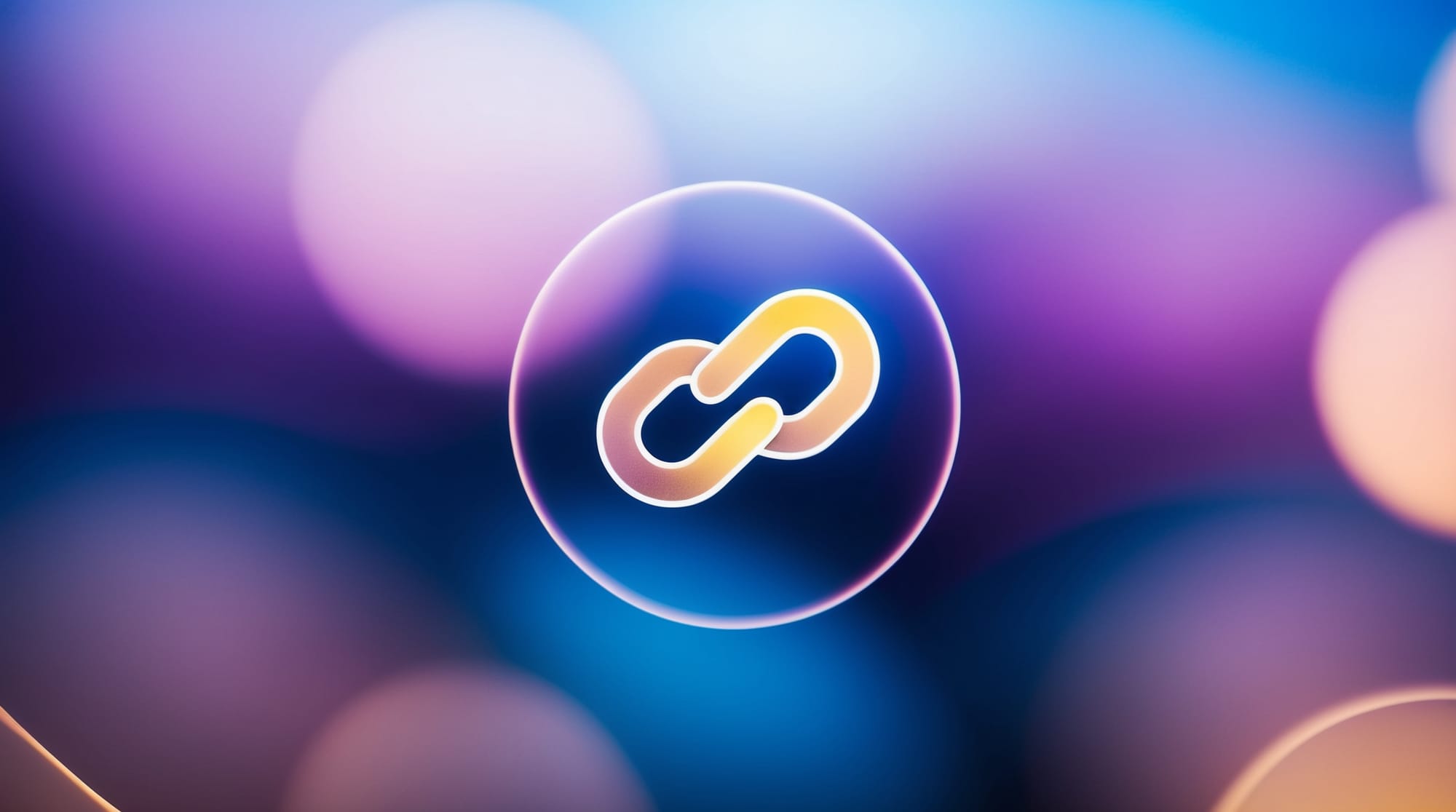Chain Abstraction for defi project builders

Blockchain technology has revolutionized finance, birthing a decentralized finance (DeFi) ecosystem brimming with innovation. Among the latest advancements is chain abstraction, a game-changer for developers and investors alike. This blog will walk you through the concept, technical aspects, benefits, challenges, and real-world applications of chain abstraction in DeFi projects.
Chain Abstraction

Chain abstraction refers to the process of simplifying interactions between different blockchain networks, creating a seamless user experience. For DeFi enthusiasts and crypto investors, chain abstraction signifies a broader goal—efficient interaction across multiple chains without dealing with the complexities of each individual blockchain network.
How Chain Abstraction Serves as a Bridge in the DeFi Space
In decentralized finance, the fragmentation of users across various blockchain platforms poses a significant barrier. Chain abstraction serves as a bridge, unifying disparate blockchain ecosystems and enhancing user interaction. This synergy between chain abstraction and DeFi streamlines transactions, making them more accessible and efficient.
Understanding the Technical Aspects
Exploring Cross-Chain Interoperability
Cross-chain interoperability is essential for the success of chain abstraction. It ensures that smart contracts on different chains can communicate effectively. The Socket Protocol, for example, enables cross-chain transactions by facilitating communication between heterogeneous chains.
Technical Mechanisms Behind Chain Abstraction
Technically, chain abstraction involves complex cross-chain workflows and advanced cross-chain operations. Tools like the Particle Network and Router Chain provide developers with comprehensive approaches to enable seamless operations across chains, reducing the barrier to entry for new users.
Benefits of Chain Abstraction for DeFi Projects
Enhancing User Experience and Accessibility
One of the primary benefits of chain abstraction is improved user experiences. By enabling cross-chain communication, developers can create decentralized applications (dApps) that are more intuitive and user-friendly. This enhances the crypto experience, making it easier for users to engage with various blockchain services.
Reducing Counterparty Risk and Transaction Costs
Chain abstraction also reduces counterparty risk and transaction costs. With a seamless cross-chain infrastructure, transactions across chains become more secure and cost-effective. Gas abstraction, for instance, eliminates the need for users to hold multiple gas tokens, significantly reducing gas costs.
Challenges and Solutions
Common Obstacles Faced in Implementing Chain Abstraction
Despite its benefits, implementing chain abstraction comes with challenges. Chain congestion, for example, can hamper the performance of cross-chain bridges. Additionally, the existence of chains with varying protocols and standards makes cross-chain interoperability complex.
Innovative Solutions and Best Practices
To address these challenges, innovative solutions like Particle's Universal Accounts and Socket API have been developed. These tools offer a comprehensive chain abstraction solution, enabling developers to create a more chain abstraction-friendly ecosystem. Best practices include focusing on developer experience and ensuring robust multi-party computation mechanisms.
Real-World Applications and Case Studies
Highlighting Successful DeFi Projects that Utilize Chain Abstraction
Several DeFi projects have successfully implemented chain abstraction. East Blue, for instance, uses a chain abstraction stack to facilitate seamless asset movements across chains. Another example is Frontier Research, which employs Chain Signatures for secure cross-chain transactions.
Lessons Learned and Future Developments
These projects highlight the importance of a well-thought-out approach to chain abstraction. They demonstrate that while the technology is still evolving, the potential for creating a unified blockchain ecosystem is immense. Future developments will likely focus on refining cross-chain interoperability and enhancing user interaction.
The Future of Chain Abstraction in DeFi
Emerging Trends and Technologies
Emerging trends in chain abstraction include the development of more sophisticated cross-chain smart contract wallet solutions and the adoption of event-based execution models. Technologies like intent networks and orchestration solutions are also gaining traction, enabling more efficient execution of operations across chains.
Predictions for How Chain Abstraction Will Shape the DeFi Landscape
Chain abstraction is poised to reshape the DeFi landscape significantly. With more comprehensive tools for developers and enhanced orchestration capabilities, the future of DeFi will likely see increased adoption of cross-chain infrastructure. This will drive the crypto ecosystem towards greater efficiency and accessibility.
Conclusion
Recap of the Importance of Chain Abstraction
In summary, chain abstraction is a crucial tool for enhancing the DeFi experience. By improving cross-chain interoperability, reducing transaction costs, and enhancing user interaction, it offers significant benefits for both developers and users.
Call to Action for Developers and Investors in the DeFi Space
For developers and investors, the time to explore the potential of chain abstraction is now. By integrating these advanced technologies into your projects, you can unlock new opportunities and drive innovation in the DeFi space.
Encouragement for Further Exploration
We encourage you to explore further and stay updated with emerging trends and technologies in chain abstraction. Whether you're a developer looking to enhance your dApps or an investor seeking new opportunities, the future of DeFi is bright with the promise of chain abstraction.

